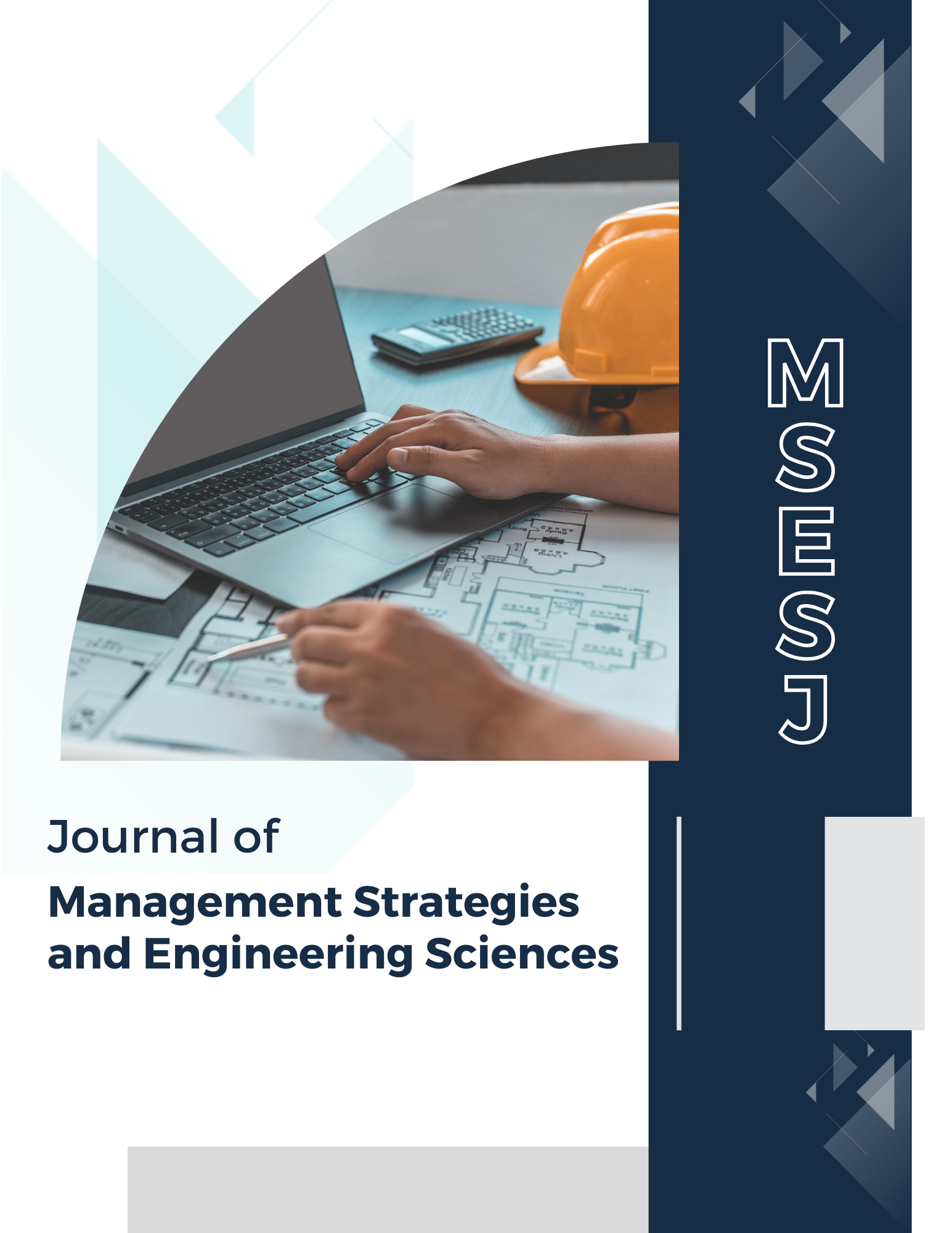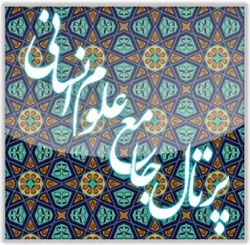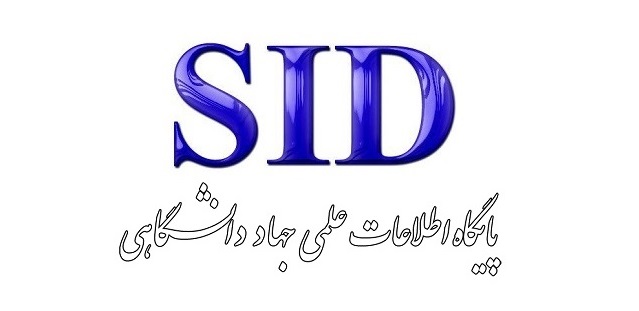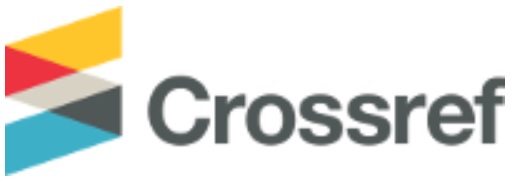Presenting a Conceptual Model of Financing Mechanisms for Export-Oriented Industries through Domestic and Foreign Resources
Keywords:
Export-oriented industries, financing mechanisms, grounded theory, Islamic finance, conceptual model, Iran, hybrid financing, trade finance, capital marketsAbstract
This study aimed to develop a conceptual model of financing mechanisms for export-oriented industries in Iran by integrating domestic and foreign resources through a grounded theory approach. Using a qualitative methodology based on grounded theory, data were collected through in-depth semi-structured interviews with 20 experts, managers, and stakeholders in export-related sectors. The participants were selected using purposive and theoretical sampling methods, and interviews continued until theoretical saturation was achieved. The coding process followed Strauss and Corbin’s three-stage model: open, axial, and selective coding. Data analysis was conducted using thematic categorization and conceptual mapping to structure the emerging model. The Strauss and Corbin paradigmatic framework was employed to organize identified components into six analytical dimensions: causal conditions, contextual conditions, the central phenomenon, intervening conditions, strategies, and consequences. The study identified 23 second-level financing mechanisms such as qard al-hasan contracts, sukuk, equity shares, crowdfunding, and export finance tools. These mechanisms were conceptually organized around the central phenomenon of developing financing mechanisms for export-oriented industries. Causal conditions emphasized the role of Islamic finance and prepayment strategies, while contextual conditions highlighted the influence of supportive policies, financial institutions, and capital markets. Intervening conditions included digital financing and commercial loans, and strategic responses involved equity participation and sukuk feasibility. The outcomes included enhanced capital access, increased investor participation, and the establishment of export clinics. The resulting conceptual model reflects a hybrid financing structure responsive to institutional constraints and global trade dynamics. The findings underscore the need for an integrated, context-sensitive approach to financing export-oriented industries. By aligning traditional Islamic finance with modern instruments and state policies, the proposed model offers a practical and adaptable framework for enhancing export competitiveness and resilience in emerging economies such as Iran.
References
V. Avsar, "Exporting Under Political Risk: Payment Term Selection in Global Trade," 2025, doi: 10.20944/preprints202504.0912.v1.
S. Gao, "Research on the Influence of Digital Finance on the Technical Complexity of Manufacturing Export," Academic Journal of Management and Social Sciences, vol. 9, no. 2, pp. 184-189, 2024, doi: 10.54097/fw8dsp06.
A. Jayaweera, A. Bhaumik, and C. Liyanage, "A Study on Factors Affecting Access to Trade Finance by Export Oriented Small and Medium Enterprises in Malaysia and Sri Lanka," International Journal of Management and Human Sciences, vol. 08, no. 02, pp. 01-12, 2024, doi: 10.31674/ijmhs.2024.v08i02.001.
M. Chen, "The Latecomer’s Challenge," pp. 102-138, 2024, doi: 10.7591/cornell/9781501775857.003.0005.
R. Kiely, "Export Oriented Industrialization," pp. 97-114, 2023, doi: 10.4324/9781003419686-10.
H. N. A. Yong and K. X. Liew, "Policies for Promotion of Malaysian SMEs Go Global in the Digital Economy," pp. 86-108, 2022, doi: 10.4018/978-1-7998-8678-5.ch005.
J. Zhang, J. Chen, and Z. Liu, "Impacts of Regional Trade Agreements on the Trade Effects of Financial Development," Zagreb International Review of Economics and Business, vol. 27, no. 2, pp. 353-373, 2024, doi: 10.2478/zireb-2024-0031.
M. Chen, "Infrastructure Finance, Late Development, and China’s Reshaping of International Credit Governance," European Journal of International Relations, vol. 27, no. 3, pp. 830-857, 2021, doi: 10.1177/13540661211002906.
W. Liu, "Environmental Information Disclosure and Export Product Quality: Extension of Product Quality Heterogeneity Model and a DID Analysis on China's Industrial Data," Academic Journal of Business & Management, vol. 4, no. 3, 2022, doi: 10.25236/ajbm.2022.040302.
M. Nazem Bakaei and M. Ashrafian Rahqi, "The Impact of Marketing Capabilities on Risky Export Performance with the Mediating Role of Competitive Strategy and Marketing Communications," Economics and Business Research Journal, vol. 32, pp. 1-15, 2024. [Online]. Available: https://sanad.iau.ir/en/Journal/jebr/Article/1106858.
A. Zarei and M. A. Siyah Sarani Kajouri, "Design and Explanation of a Systemic Model of Commercial Diplomacy for Sustainable Export in Knowledge-Based Companies," 2023. [Online]. Available: https://www.google.com/url?sa=t&source=web&rct=j&opi=89978449&url=https://jiba.tabrizu.ac.ir/article_15842.html&ved=2ahUKEwiY1cOe1_WJAxWuVfEDHTX6HDYQFnoECB0QAQ&usg=AOvVaw0J31howX-OEZkQKt0FXDwp.
S. Yang, C. Milner, S. Lancheros, and S. Gunessee, "Access to Finance, Technology Investments and Exporting Decisions of Indian Services Firms," Open Economies Review, vol. 31, no. 5, pp. 1009-1036, 2020, doi: 10.1007/s11079-020-09595-2.
V. Mironova, "State Participation in Industrial and Agricultural Internationally Competitive Produce Advancement," Economics Taxes & Law, vol. 12, no. 4, pp. 50-59, 2019, doi: 10.26794/1999-849x-2019-12-4-50-59.
J. Zarate and N. Suarez, "Caracterización De Los Mecanismos De Financiación Para Las Medianas Empresas Del Sector Agroindustrial Colombiano," Pensamiento Republicano, vol. 9, pp. 123-136, 2018, doi: 10.21017/pen.repub.2018.n9.a43.
K. Zhang and D. Liu, "Does Green Finance Promote Export Sophistication? An Analysis of the Moderating Effect Based on Green Taxes," Sustainability, vol. 15, no. 10, p. 8303, 2023, doi: 10.3390/su15108303.
F. Barry, "The Post-War World and Dual-Track Reform," pp. 118-149, 2023, doi: 10.1093/oso/9780198878230.003.0006.
T. S. Vertinskaya, "Increasing the Export of Halal Products in Belarus," Science and Innovations, vol. 1, no. 1, pp. 59-63, 2025, doi: 10.29235/1818-9857-2025-01-59-63.
Y. N. Barykina, A. Nechaev, and O. A. Krasovskaya, "Methodological Approaches to Implementing Financing of Innovation Activities Taking Into Account Public Policy Instruments," Ekonomika I Upravlenie Problemy Resheniya, vol. 1/1, no. 142, pp. 98-108, 2024, doi: 10.36871/ek.up.p.r.2024.01.01.013.
T. F. Alhassan, O. A. Stepannikova, and L. V. Chebukhanova, "The Role of Special Economic Zones (SEZs) in Achieving Sustainable Development in Nigeria," E3s Web of Conferences, vol. 402, p. 13009, 2023, doi: 10.1051/e3sconf/202340213009.
N. Ryvak, "Ways to Increase Ukraine’s Export Potential in the EU Markets," Socio-Economic Problems of the Modern Period of Ukraine, no. 2(148), pp. 69-74, 2021, doi: 10.36818/2071-4653-2021-2-9.
D. O. Nagornyi, "Investment Component of Ukrainian Export Diversification," Proceedings of Scientific Works of Cherkasy State Technological University Series Economic Sciences, no. 63, pp. 82-95, 2021, doi: 10.24025/2306-4420.63.2021.248553.
N. Bossaghzadeh, M. Moradi, and M. Tamimi, "A model for gaining competitive advantage in Iranian export companies based on organizational ambidexterity and absorptive capacity," Journal of Decision and Operations Research, vol. 8, no. 1, pp. 102-122, 2023. [Online]. Available: https://www.journal-dmor.ir/article_141091.html?lang=en.
R. Khalili, K. Peikarjou, K. Hezberkiani, and A. Memarnajad, "Non-linear Effects of Inflation Rates on Economic Growth in Selected Oil Exporting Countries: The CSSS Approach," Journal of Islamic Economics and Banking, vol. 12, no. 42, pp. 93-128, 2023.
H. Sadeqat Kalmarzi, "Revisiting the resource curse hypothesis in oil-exporting countries: An application of threshold switching Markov models and dynamic threshold panel models," Department of Economics, Razi University, 2023.
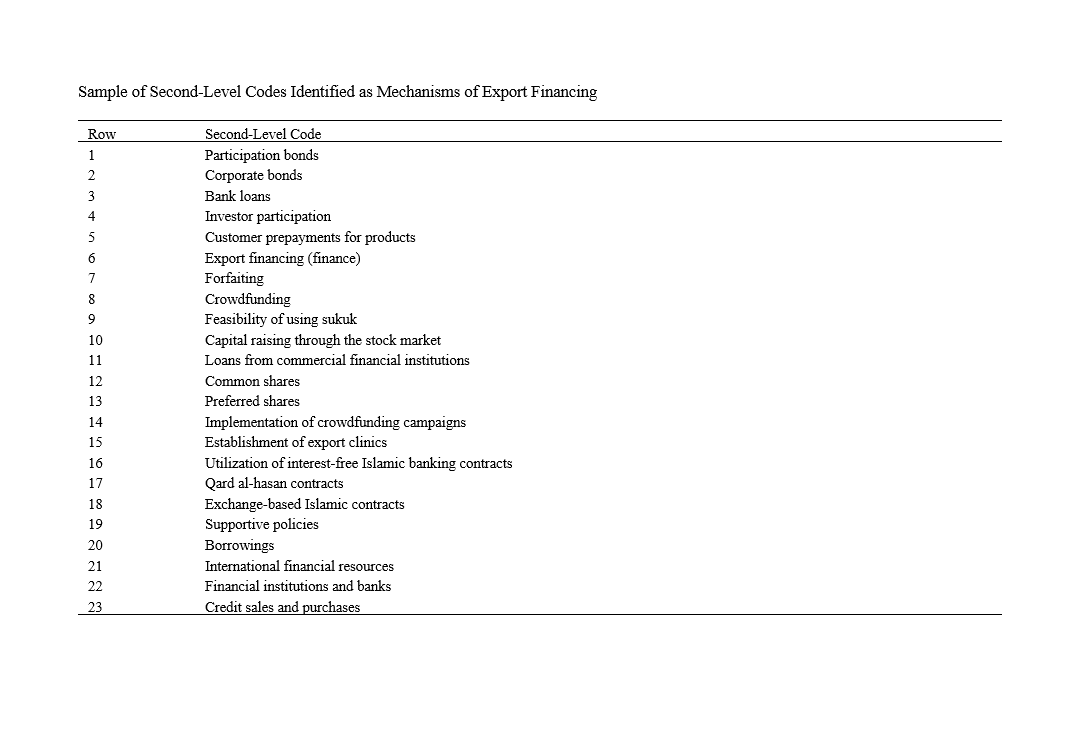
Downloads
Published
Submitted
Revised
Accepted
Issue
Section
License
Copyright (c) 2025 Management Strategies and Engineering Sciences

This work is licensed under a Creative Commons Attribution-NonCommercial 4.0 International License.
